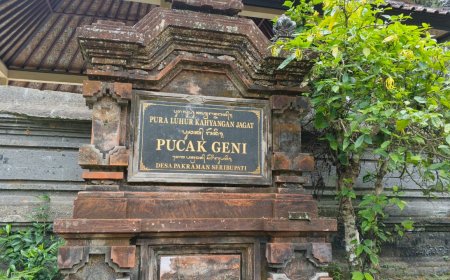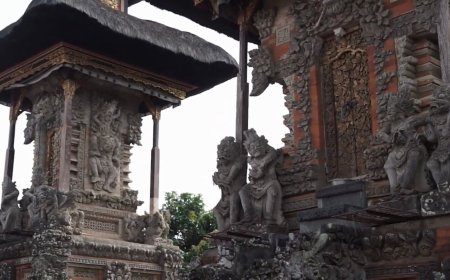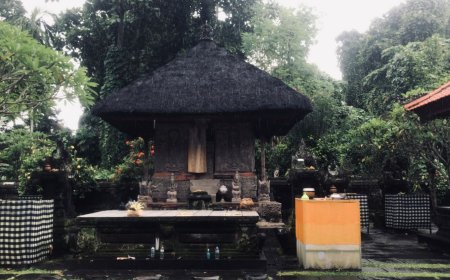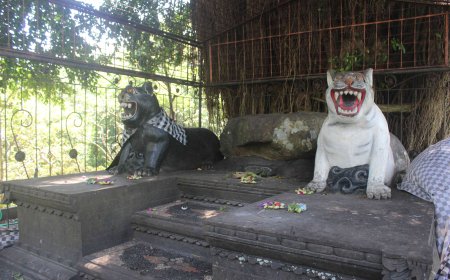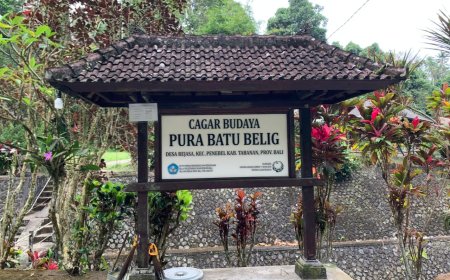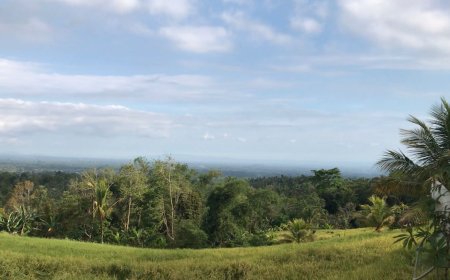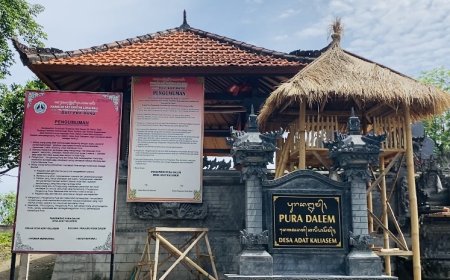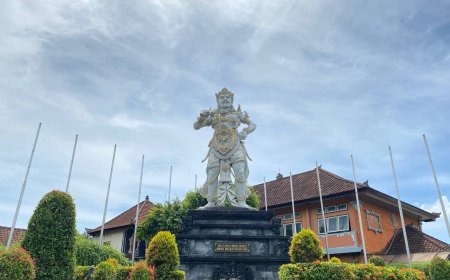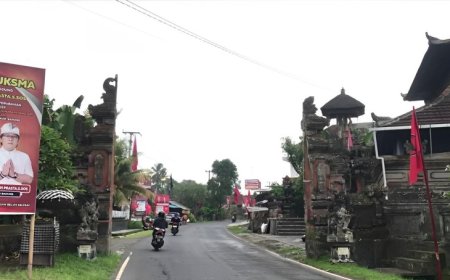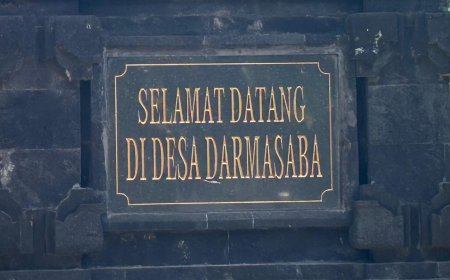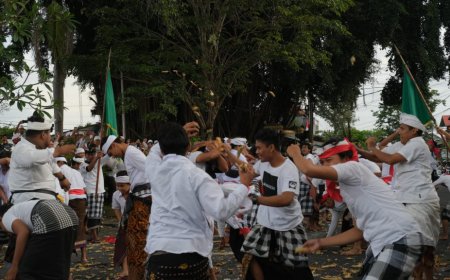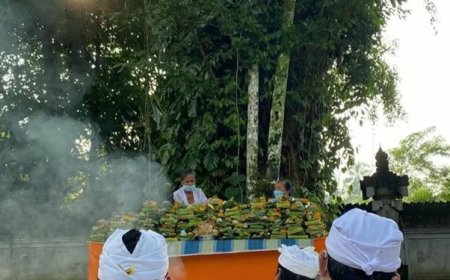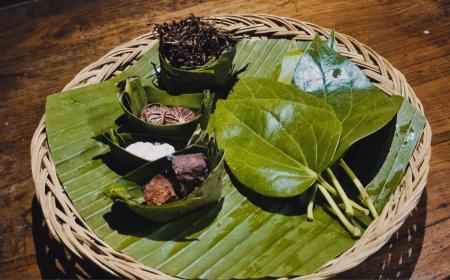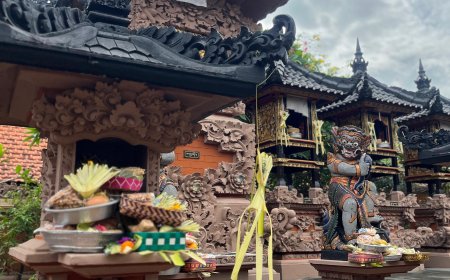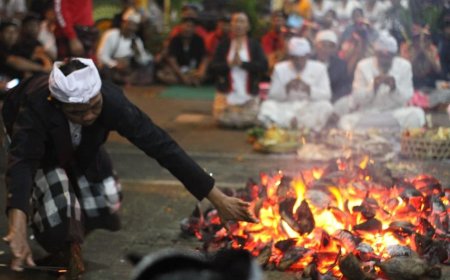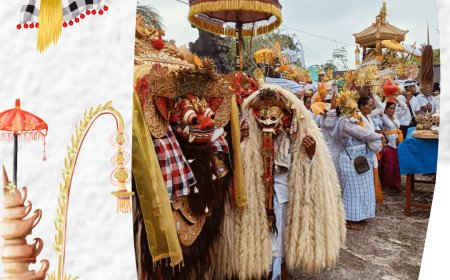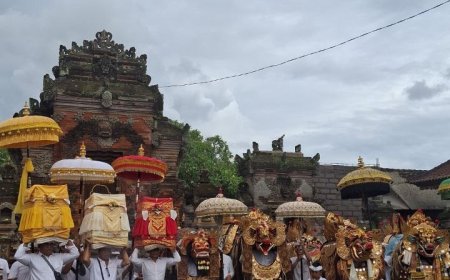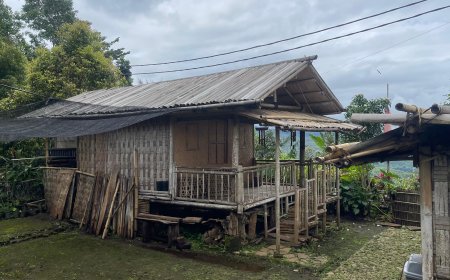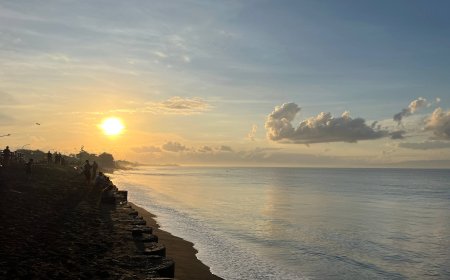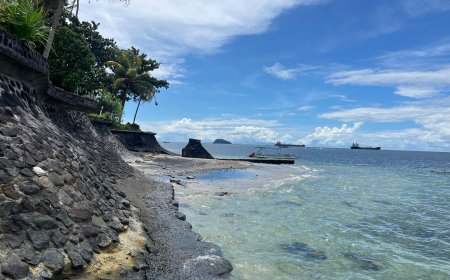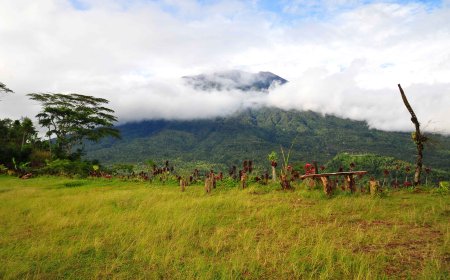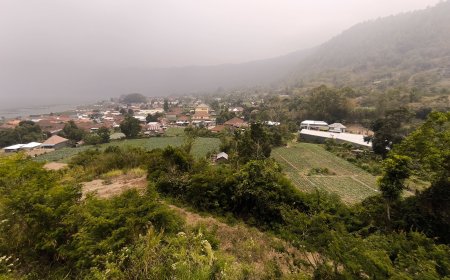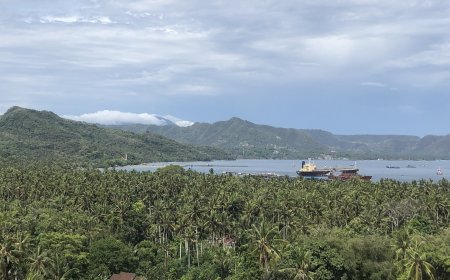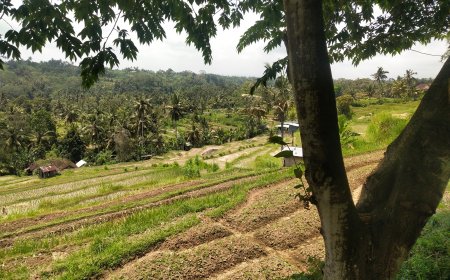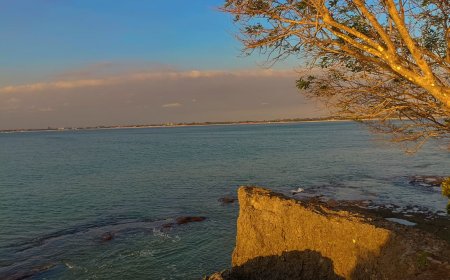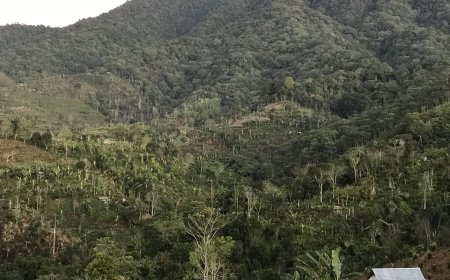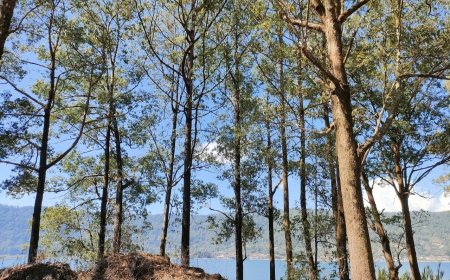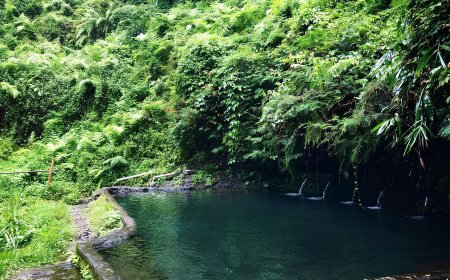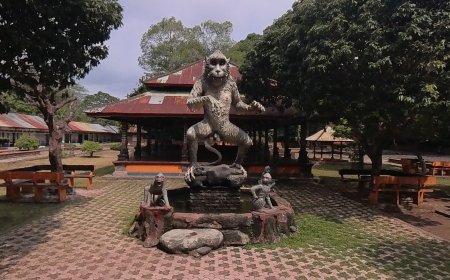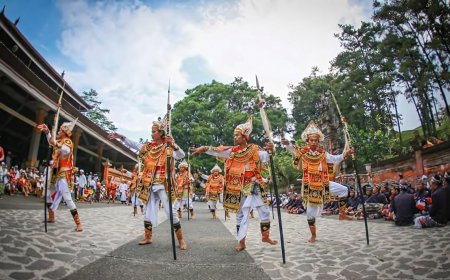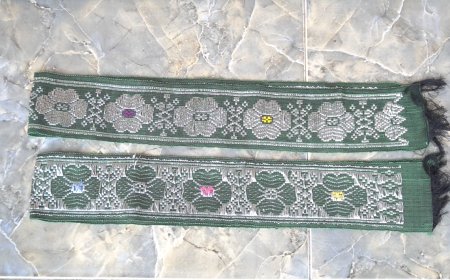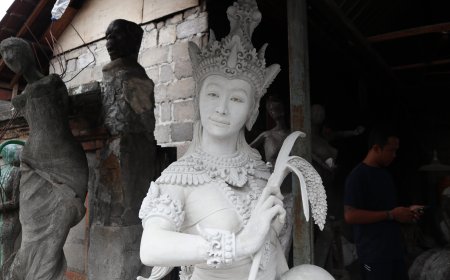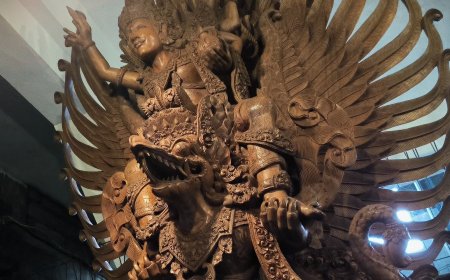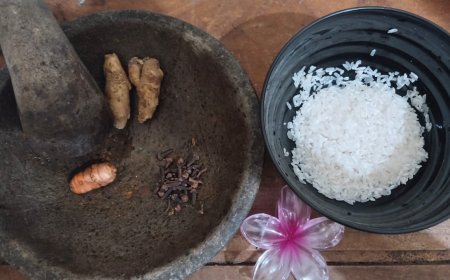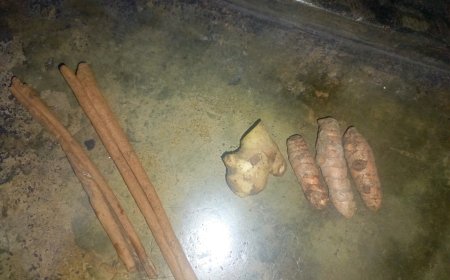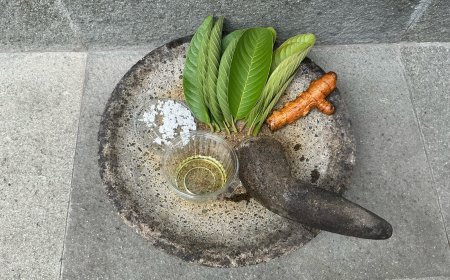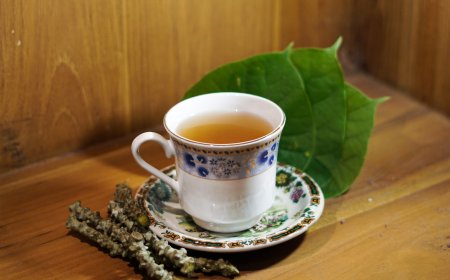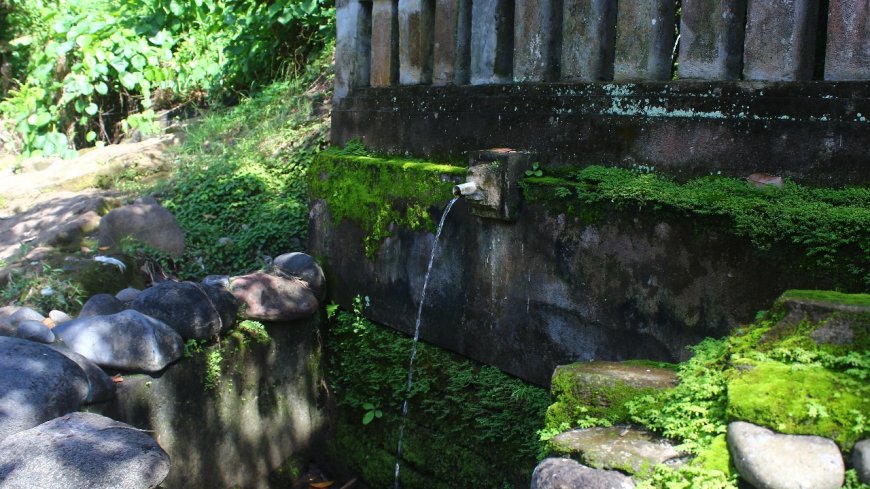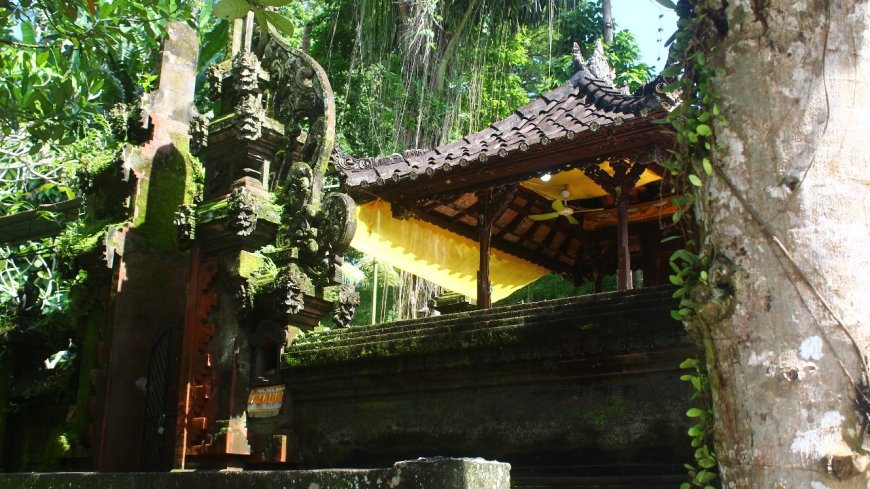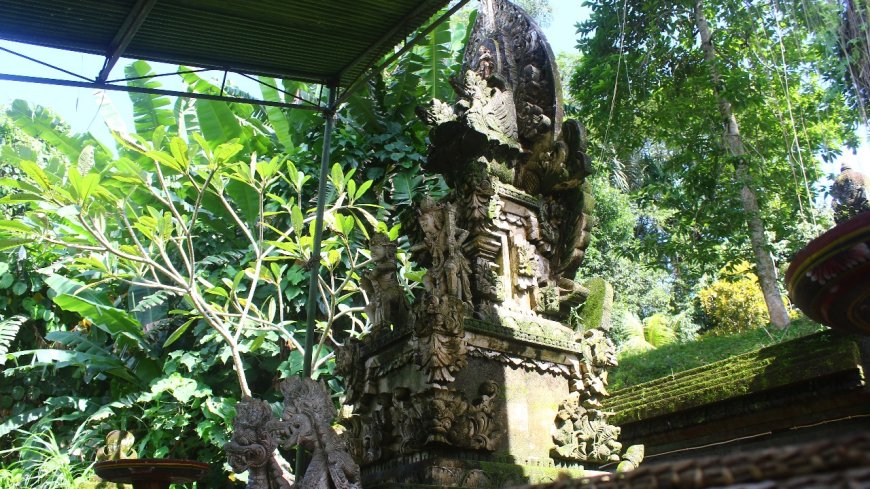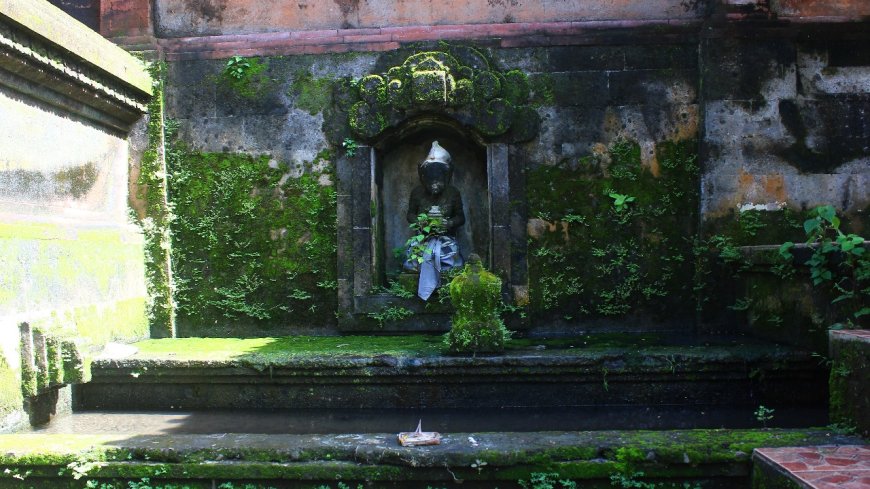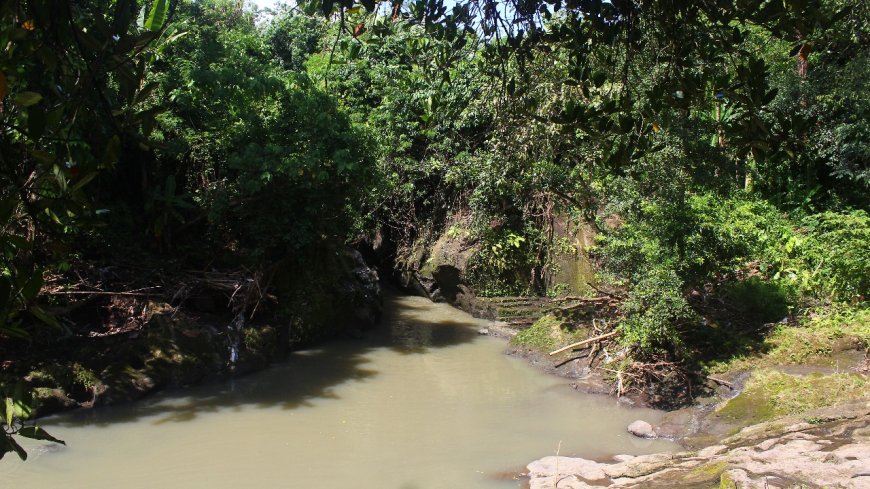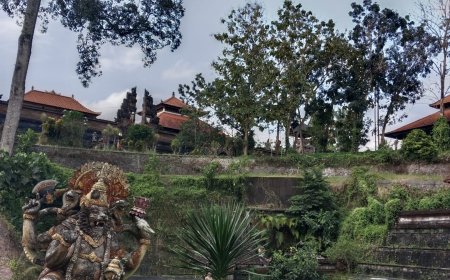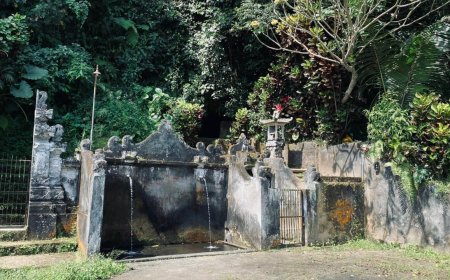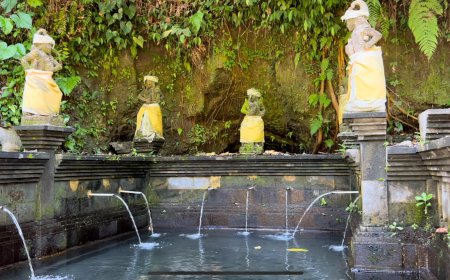Beji Puseh Bedha Temple: The Historical Footprints of Ratu Gede Kebo Iwa at Bali's Sacred Spring
Beji Puseh Bedha Temple is located in Bedha Traditional Village, Tabanan, Bali, and is a sacred site with a blessed spring. This place is closely associated with Ratu Gede Kebo Iwa, a legendary Balinese figure. Beji Puseh Bedha Temple is estimated to have existed since the 14th century AD, serving as a spiritual and cultural center for Hindus. On every Ceremony day, especially during Tilem Sasih Kasa, Hindus come here to pray and perform melukat rituals.
Amidst the lush greenery of Desa Adat Bedha, Tabanan Regency, lies a place radiating spiritual aura and timeless cultural beauty. Beji Puseh Bedha Temple, a sacred site renowned as a blessed spring, holds a significant place in the lives of the local community and preserves historical traces closely tied to Bali’s legendary figure, Ratu Gede Kebo Iwa.
Beji Puseh Bedha Temple is believed to have been established in the 14th century AD. During that era, the site witnessed key historical events alongside the emergence of the legendary figure Ratu Gede Kebo Iwa, who turned it into a center of spirituality and culture. Known as a symbol of strength and protector of the people, Ratu Gede Kebo Iwa is celebrated for his wisdom and charismatic leadership. According to oral traditions, he often used the spring at Beji Puseh Bedha Temple for ritual purification or melukat before undertaking significant tasks impacting the welfare of the Balinese people.
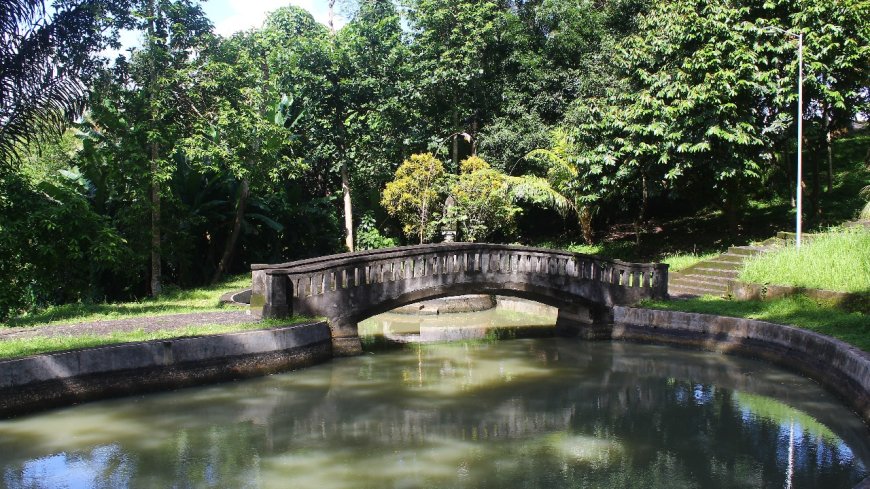
Beji Puseh Bedha Temple Area (Photo Source: Pujangga Nagari Nusantara)
The spring at Beji Puseh Bedha Temple plays a vital role in the spiritual life of the local community. The water flowing from its spouts is considered sacred and is often used in various traditional ceremonies, particularly for melukat rituals. Additionally, the spouts are adorned with traditional carvings, enhancing the sacred atmosphere and reflecting the Balinese Hindu philosophy of purity and harmony.
The connection between Beji Puseh Bedha Temple and Ratu Gede Kebo Iwa gives this site a special status as both a historical location and a spiritual center. The energy emanating from this spring has drawn people’s attention since ancient times, making it a place of reverence and careful preservation.
As a significant spiritual center in Desa Adat Bedha, Beji Puseh Bedha Temple serves various ritual purposes, especially melukat. This melukat ritual aims to cleanse oneself physically and spiritually. Typically, the ritual is performed on specific days such as Purnama, Tilem, or before major Hindu ceremonies.
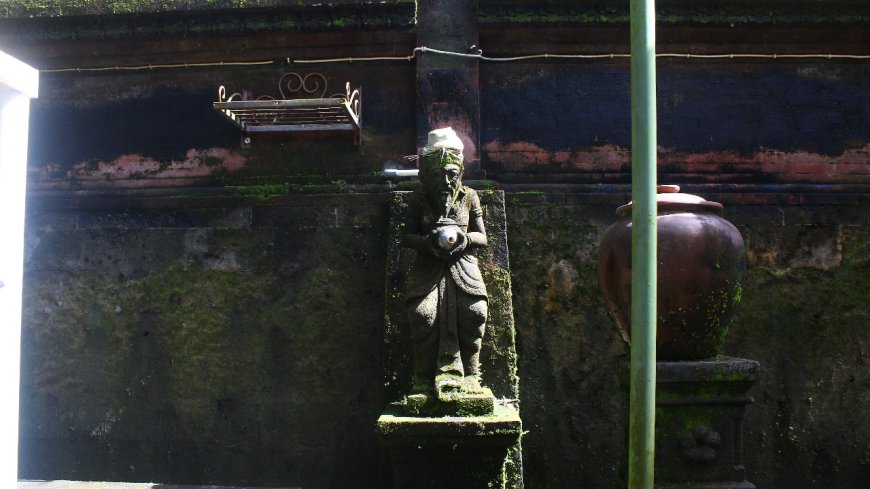
Statue in Beji Puseh Bedha Temple (Photo Source: Pujangga Nagari Nusantara)
On the day of ceremony, which falls every Tilem Sasih Kasa, Beji Puseh Bedha Temple is filled with Hindu devotees who come to pray and perform melukat. The ceremony celebration here becomes a significant moment to strengthen spiritual connections with God, ancestors, and nature.
Situated in a serene environment, Beji Puseh Bedha Temple offers a peaceful and soothing atmosphere. Its water spouts, decorated with traditional Balinese carvings, enhance its sacred ambiance. The lush greenery surrounding the site adds to its magical charm.
More than just a sacred place, Beji Puseh Bedha Temple symbolizes the harmony between humans and nature. The local community diligently maintains the beauty and sanctity of this site, ensuring its preservation for generations to come.
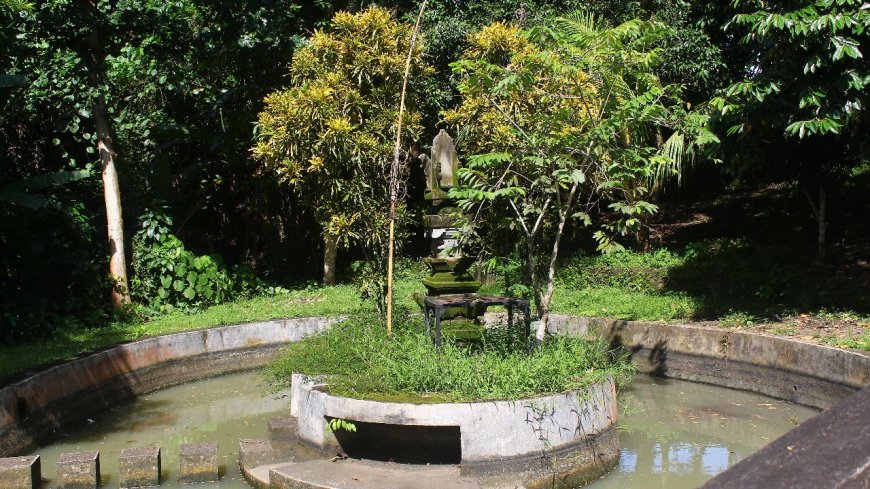
Beji Puseh Bedha Temple (Photo Source: Pujangga Nagari Nusantara)
The management of Beji Puseh Bedha Temple is carried out through collective efforts by the people of Desa Adat Bedha. Every activity, from cleaning the spouts to organizing rituals, is conducted with a high sense of responsibility.
Visitors are expected to adhere to local customs, such as dressing modestly, refraining from littering, and respecting the site’s spiritual values. This is crucial for preserving the sanctity and harmony of the site amid modern developments.
With its long history and profound spiritual value, Beji Puseh Bedha Temple is more than just a pilgrimage site. It is a cultural heritage that connects the past, present, and future, teaching the importance of maintaining balance between spirituality, culture, and nature.
